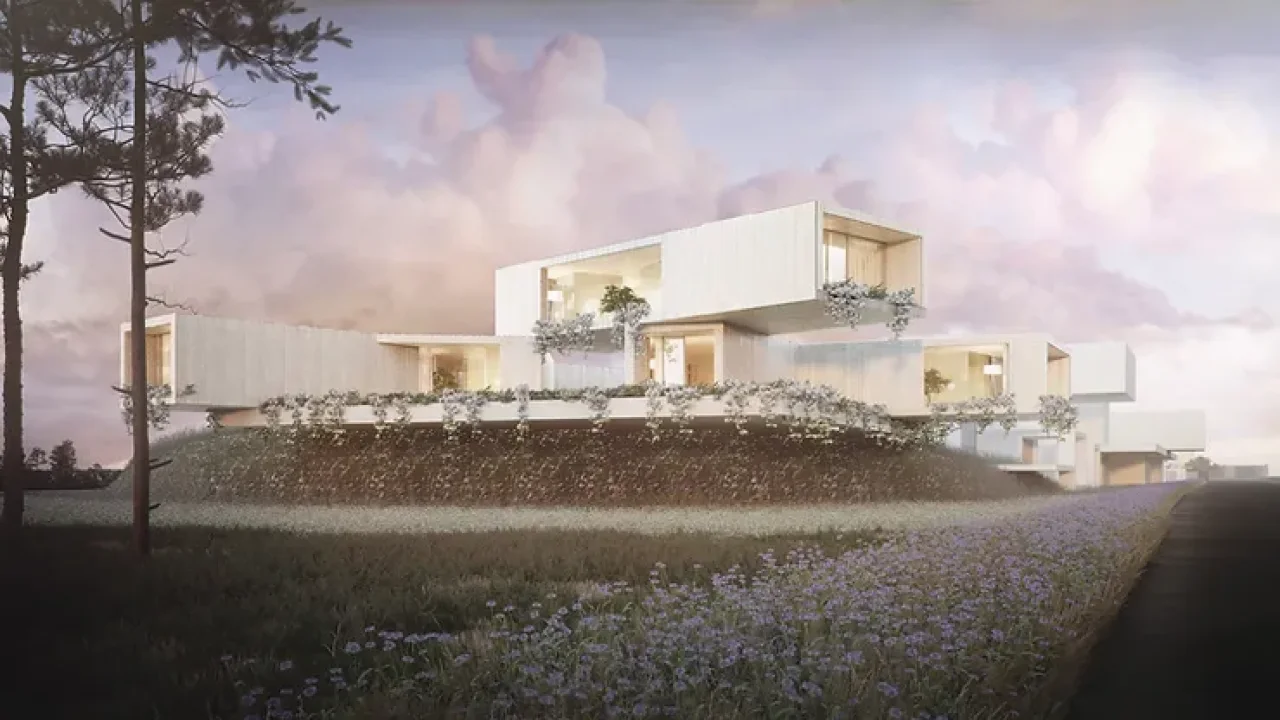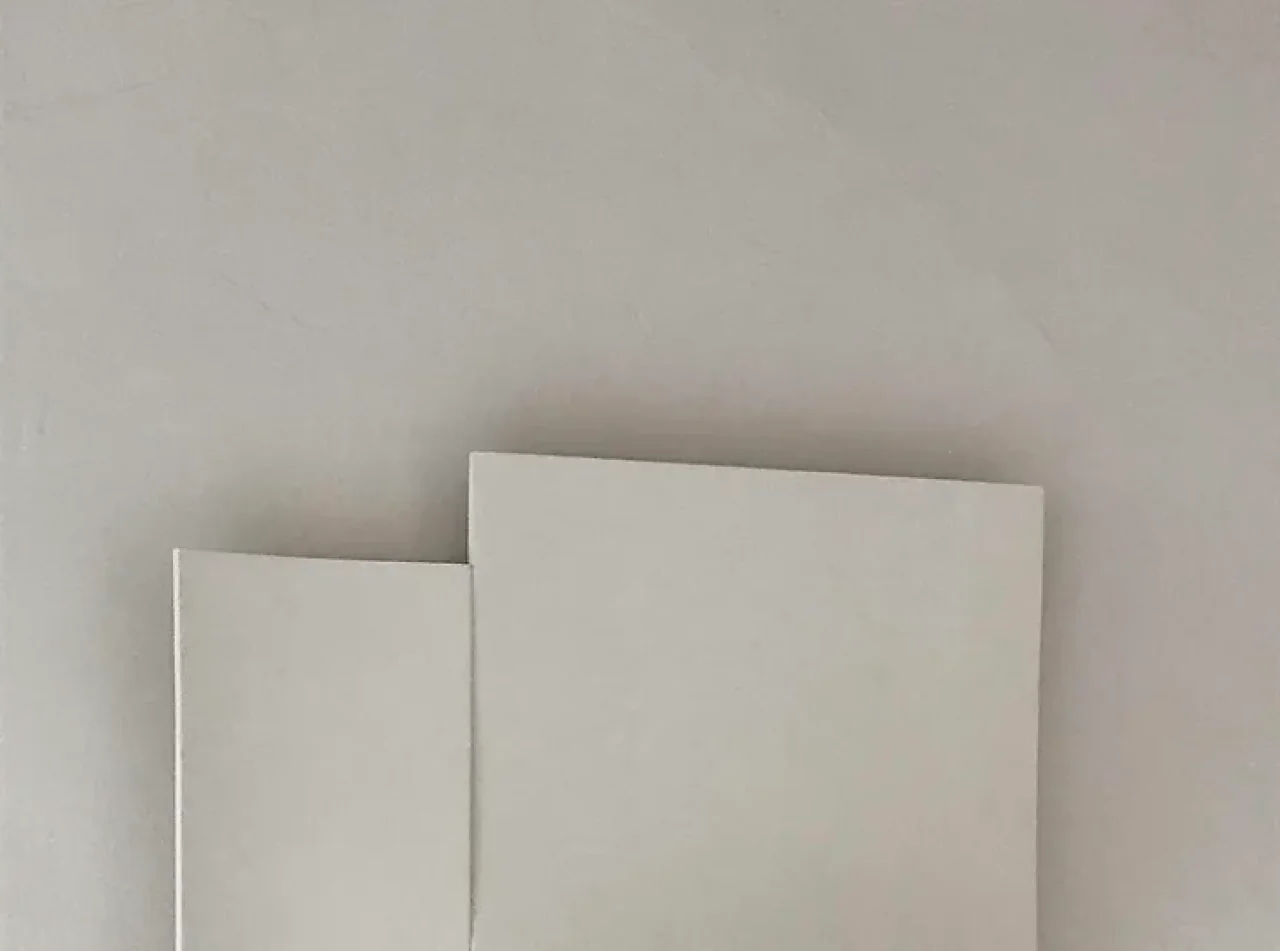What is Partanna? Q&A with CEO, Rick Fox

Rick Fox, Co-Founder and CEO of Partanna Global, explains the story behind Partanna and its vision for the future.
How was the innovative technology Partanna developed?
8 years ago my co-founder, Sam Marshall, an award-winning architect in California, tasked a team of material scientist in the United States to develop a more streamlined process for design implementation.
The team innovated with new techniques for developing building materials, using locally sourced-components, reducing the reliance on general contractors and subcontractors to produce materials.
They discovered that this process avoided emissions associated with Portland cement, and removed significant amounts of carbon from the atmosphere, naturally.
How does the solution support the achievement of climate change adaptation and sustainable development goals?
9% of global emissions currently come from the cement industry.
Partanna’s technology can avoid those emissions, whilst draining the sink of carbon emissions that are currently in our atmosphere. And that’s important – because scientists say we need to remove something like 10 gigatons of carbon every year to stand any chance of meeting the Paris Agreement vision.
Through our technology, we’re hoping to delink pollution from development. We can build better structures, paver and infrastructure that not only avoid emissions, but suck-in carbon over their lifecycle.
So that’s the mitigation angle – but you mentioned adaptation and that’s something I want to address too.
Our concrete is at least 1.5x stronger than traditional cement and can be up to 100x times stronger, depending on the need and application. Moreover – because we use brine as an activator – our product actually gets stronger when exposed to seawater – which makes it an ideal solution for homes and infrastructure in the Caribbean that are exposed to flood conditions.
What is the vision for deploying Partanna to achieve resilience?
We’re proud of our Caribbean roots and as a Bahamian myself, my vision has been to take this technology first to communities on the frontline of climate change in this region.
So right now we have a partnership with the Government of The Bahamas to deliver 1,000 affordable homes – including homes in Abaco, an island that was near destroyed by Hurricane Dorian back in 2019.
We’re setting up manufacturing facilities in Nassau this year that will be capable of answering that need. But another focus right is now is looking at other countries in this region that have acute affordable housing shortages and thinking about where next we can set-up factories to act as a wholesaler to the local construction market.
What is your current partnership with the Government of the Bahamas?
We launched our business at COP27 in November 2022, and announced our partnership with the Government of The Bahamas to deliver 1000 affordable homes.
Under the terms of the partnership, we’re setting up manufacturing and storage facilities in Nassau that have the capacity to deliver against that need. This year we’re going to deliver 30 homes, in Abaco, which as I say – was really important to us, given the damage to that island back in 2019.
We’re extremely proud of our work in The Bahamas and are grateful to the leadership of the Prime Minister, who stood up at COP26 and told the world was out of time and needed solutions today.
A year later – there we were in Egypt – standing together with a solution born in our backyard. Together we’ve supporting his vision to transform from a country on the frontline of climate change to a country that’s now on the frontline of the solution.
Where are your opportunities to scale the business? Where is on the horizon for expansion?
The most exciting thing about Partanna is that we have the opportunity to bring our technology to pretty much anywhere in the world. Our core components be sourced on all corners of the globe.
Right now, our focus is on communities on the frontline of climate change. That’s why we’re so proud to have partnered with organizations like the Caribbean Climate-Smart Accelerator – and are grateful for the support they have offered in introducing our technology to our region. Thanks to their team – we’re now in discussions with various other Caribbean countries about using our IP as a solution to their affordable housing shortages.
But whilst we focus on this region, we’re also looking closely at other countries where the construction industry is booming and where there’s ambition to build differently
In the long-run – our vision is very much to then take our technology everywhere. There’s lots of interest right now from the private sector in the United States – and in time, that’s something we’re hoping to cater to.
What are some of the other applications for Partanna?
Too many to mention! Our technology is just as versatile as traditional cement, so whilst we’re currently being looked at in the Caribbean as a solution for this region’s affordable housing shortages, there are plenty of other applications we’re looking closely at too.
In the US – we’re producing pavers for a few clients in the hospitality sector. We’re in talks about using our technology for infrastructure projects and also – most interestingly – as a solution for preserving coral reefs in the Caribbean and the Gulf region. Because we get stronger when exposed to seawater, we’re a superior alternative to the cement structures that currently support reef restoration projects.

Discover ways to work with us
Related Article
July 10th, 2023
Five Uses for Carbon Negative Concrete
In the fight against climate change, few solutions offer as much promise or utility as carbon negative concrete.
